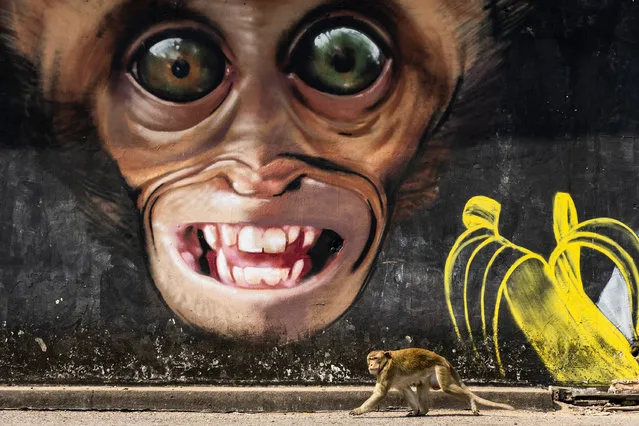
Ivanka Trump, Advisor to the US President, attends the “Global Call To Protect Religious Freedom” conference during the 74th Session of the United Nations General Assembly at the United Nations Headquarters, September 23, 2019. President Trump skipped the Climate Action Summit as the United States withdrew from the 2016 Paris Climate Agreemnet. (Photo by Anthony Behar/Sipa USA)
26 Sep 2019 00:07:00,post received
0 comments







